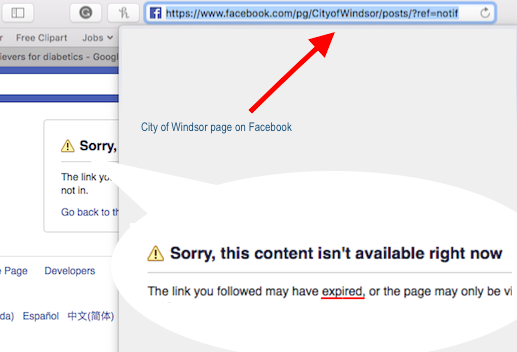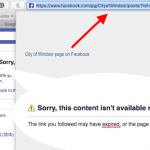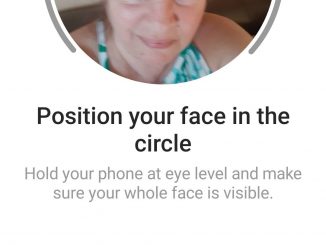
 We’re starting this article with the image of an expired post, one of two on this particular day and both were from the City of Windsor Facebook Page.
We’re starting this article with the image of an expired post, one of two on this particular day and both were from the City of Windsor Facebook Page.
Coincidentally, this came at a time when a client was questioning why we expire posts and if they will ever return. Sometimes it’s easier to give clients a bit of information enough to move past a sticking point rather than spend hours explaining something complicated when you’re sure the likelihood of being understood is slim.
This article will attempt to explain why posts are expired in a way that anyone who isn’t particularly interested in social media account management, will understand, especially business owners or managers who might find this practice strange or a rip-off of money spent on content in the first place.
The first thing is understanding that posts can be scheduled either through the backend Facebook tools or through a third party app. After creating the content, uploading the image and writing a corresponding post, you can either publish immediately or schedule the post for a later date and time. As well, you can select a date to expire the post at which point the post will be removed, and will no longer be circulated through the newsfeeds.
To use Facebook’s expired posts, instead of hitting the blue “Publish” button, which sets a post to go live right away, you can click that little tiny arrow on that button to bring up the option to schedule your post. If you click to schedule a post, you will also see an area below that allows you to designate when you want the post to be removed from the newsfeed. ~ Louie La Vella, “Getting Better FB Organic Reach by Expiring Old Posts“
But why expire them?
James Reynolds in his article, Digital Considerations: Giving your brand content an expiration date, explains it this way:
“Why would we delete content that we paid all of this money for?” To that objection, one could reason that marketers have been producing brand content in the form of television commercials and print advertising that cost millions, only to be viewed once or twice – this isn’t much of a leap from the days of old marketing.
Secondly, the urgency of having your content only appear for a limited time makes your call to action that much stronger, and allow you to control user behavior within a certain window – similarly to how product sales only last a finite amount of time.
Lastly, content with an expiration date allows you and your audience to be free. Your brand content can be fresher, more interesting, edgier, more experimental, or more eye grabbing under the notion that it isn’t being etched in stone to be forever seen as a reflection of your brands core ideals. Your audience will also be more likely to voice their honest opinions, knowing that the feedback loop will be closed quickly.
Approaching content this way gives brands more flexibility for experimentation, and the benefits (interaction) are still exactly the same, if not more so. How many likes, shares, and comments really appear a week after a piece of content is posted, anyway? Does anyone think that audiences are going deep into the timelines of branded content to find what you posted months, or years ago? They aren’t.
If the increased interaction by setting a time-limit is greater than any residual interaction in the following years of the content sitting on your brand page’s timeline, then there is a better ROI to have an expiration date on your content. This should be considered for every piece of content, on any channel, with every call-to-action”
When we expire posts, we see increased traffic to the page, more frequent interactions, and generally more engagement with content because no one wants to miss the next post, announcement, contest or product introduction.
So after reading this article and the ones we linked to, we hope you can move confidently forward with your social marketing manager, knowing there is a strategy behind their actions.



